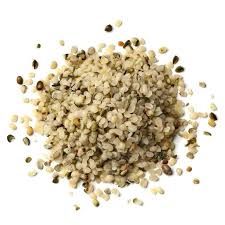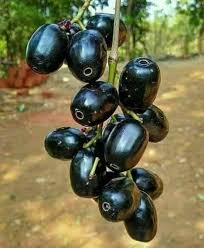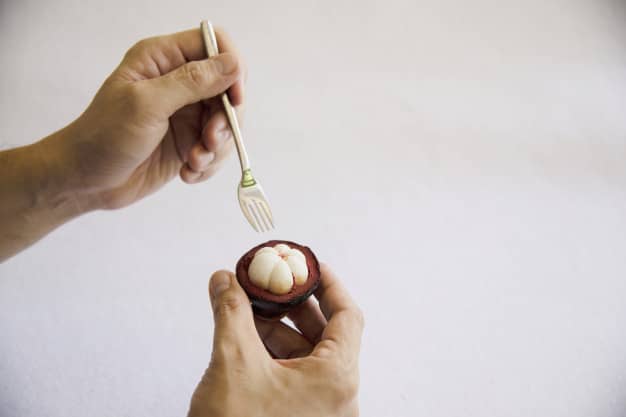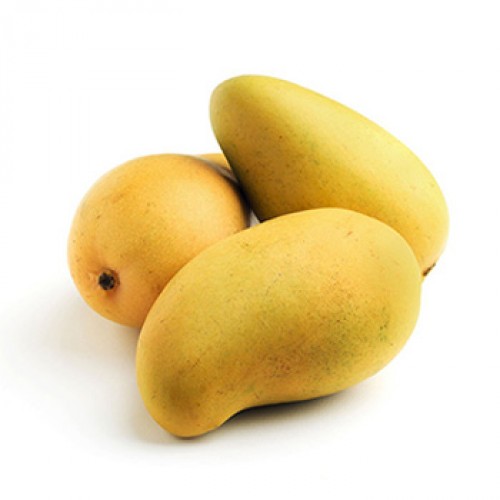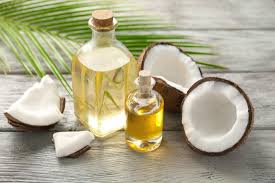
Do you know what goes into making commercial breads? Must Read
For a long time, I have been searching for a bread that strikes the perfect balance between taste and texture, without compromising on the quality of ingredients used. The major challenge with commercially produced breads is that they are soft and delicious, but the kind of ingredients used to achieve this is alarming. I want to use this opportunity to raise awareness about this issue.
What do Commercial Breads have in them?
Let's take a look at the ingredients used in commercial breads. You can pick any bread from your fridge and check the label.
Check pictures below of sample labels of popular commercial breads available in supermarkets today.
- Most of them have refined flour (maida) as the base ingredient, along with preservatives, acid regulators, emulsifiers, flour improvers, flour treatment agents, bleaching agents, and even colors in some brown bread labels.
- Hidden processing techniques like adding more sugar to boost yeast and speed up the process are also used.
- When the gut is exposed to emulsifiers regularly, the body produces inflammation in reaction, which increases the risk of developing digestive illnesses. Emulsifiers are also known to alter the gut's capacity to differentiate between good and bad bacteria.
- Calcium Propionate (E282) is a commonly used preservative obtained from chemical synthesis using propionic acid and calcium carbonate or calcium hydroxide as raw materials. It has been linked to causing restlessness, irritability, lower attention, sleep disturbance in children when consumed daily. A study has also found a link between calcium propionate and an imbalance in gut microbiota and insulin resistance.
- Additive caramel color (150) is used in brown breads to give them their brown color. However, this additive has been linked to cancer.
All these additives are made for convenience, but can we still consider this bread to be real food?
Checking the ingredients of commercial breads would leave you wondering about the final product you and your family have been consuming all this while.
Traditionally, bread was made fresh at bakeries daily, with a simple list of ingredients, slow processing, and shorter shelf lives. In the 1960s, the British Baking Industries Research Association in Chorleywood, Hertfordshire, devised a bread-making method using lower-protein wheat and a cocktail of additives with high-speed mixing, which is used to make most of the bread today. This ultra-processing has made bread almost unrecognizable.
Ok then, What kind of bread should we pick?
A healthy bread as per us should have simple ingredients. A bread that will get spoilt if kept in room temperature. A bread that does not have any preservatives and chemicals.
And at the same time, I was very particular that it should taste without having to cost a bomb. So we did lot of trial and error with the ingredients with our new baking partner Beige Marvel. Lot of tasting. Lot of changing the ingredients. Finally we had couple of bread options, which tastes good without compromising on the quality.
We made sure the bread that’s available at HB is made with organic ingredients at a bakery, in small batches. With only a simple understandable list of ingredients.
Specifically, we use whole wheat and whole flours, and we do not use any preservatives, chemical additives, or unnecessary additions. All the bread is made just in time after the order is placed.
Our baking partner, Beige Marvel, explains, "Though this bread may not be pristine white or retain the exact same texture for very long without going bad...but what is natural in that? We make our bread with premium organic whole wheat flour with absolutely no maida. We do not use any additives or preservatives. We make sure to ferment the bread overnight by using very less yeast to increase the flavor of the bread. And to top that, it is made just in time for delivery, in very small batches based on your order."
Its high Time you reintroduced yourself and your family to a ‘real’ bread.





